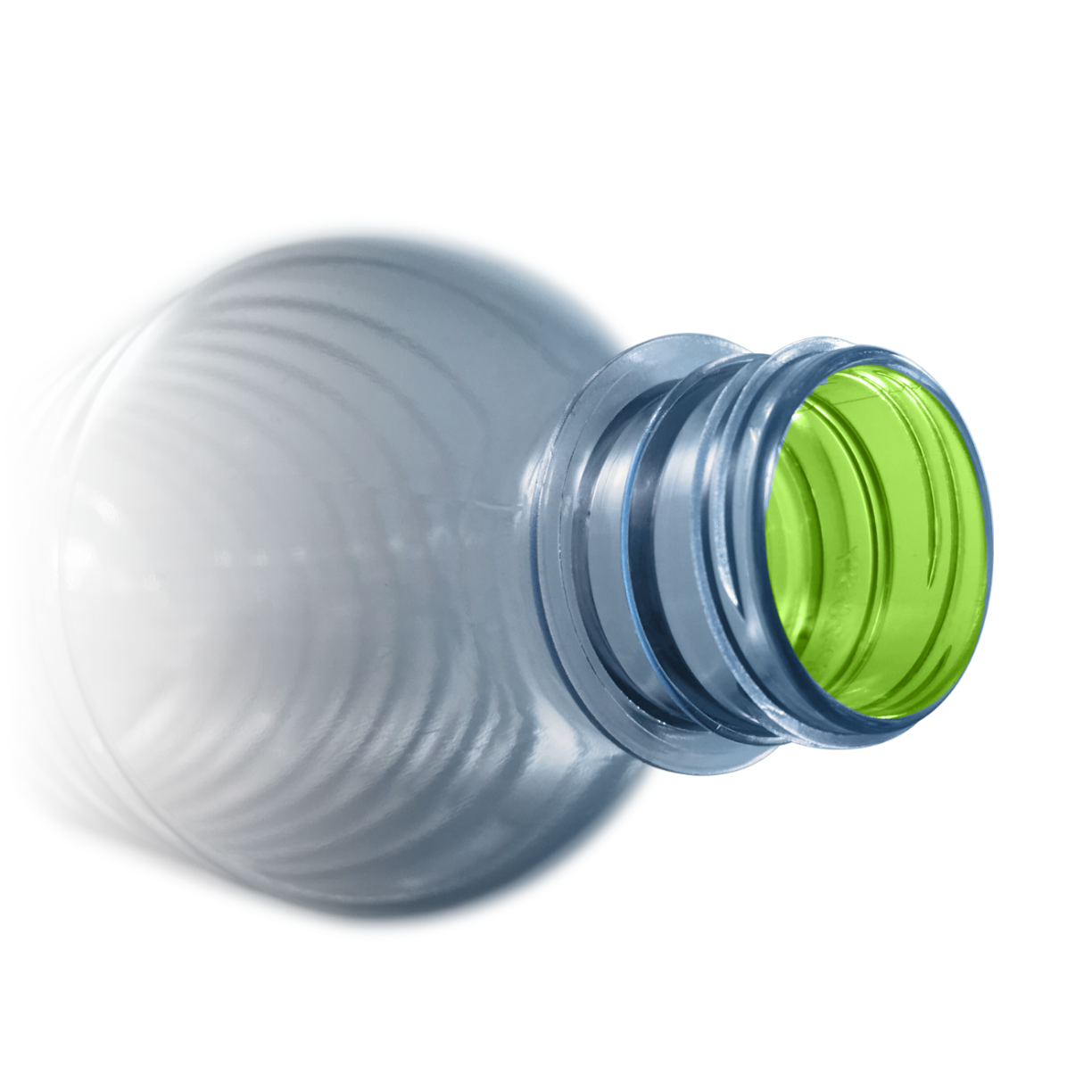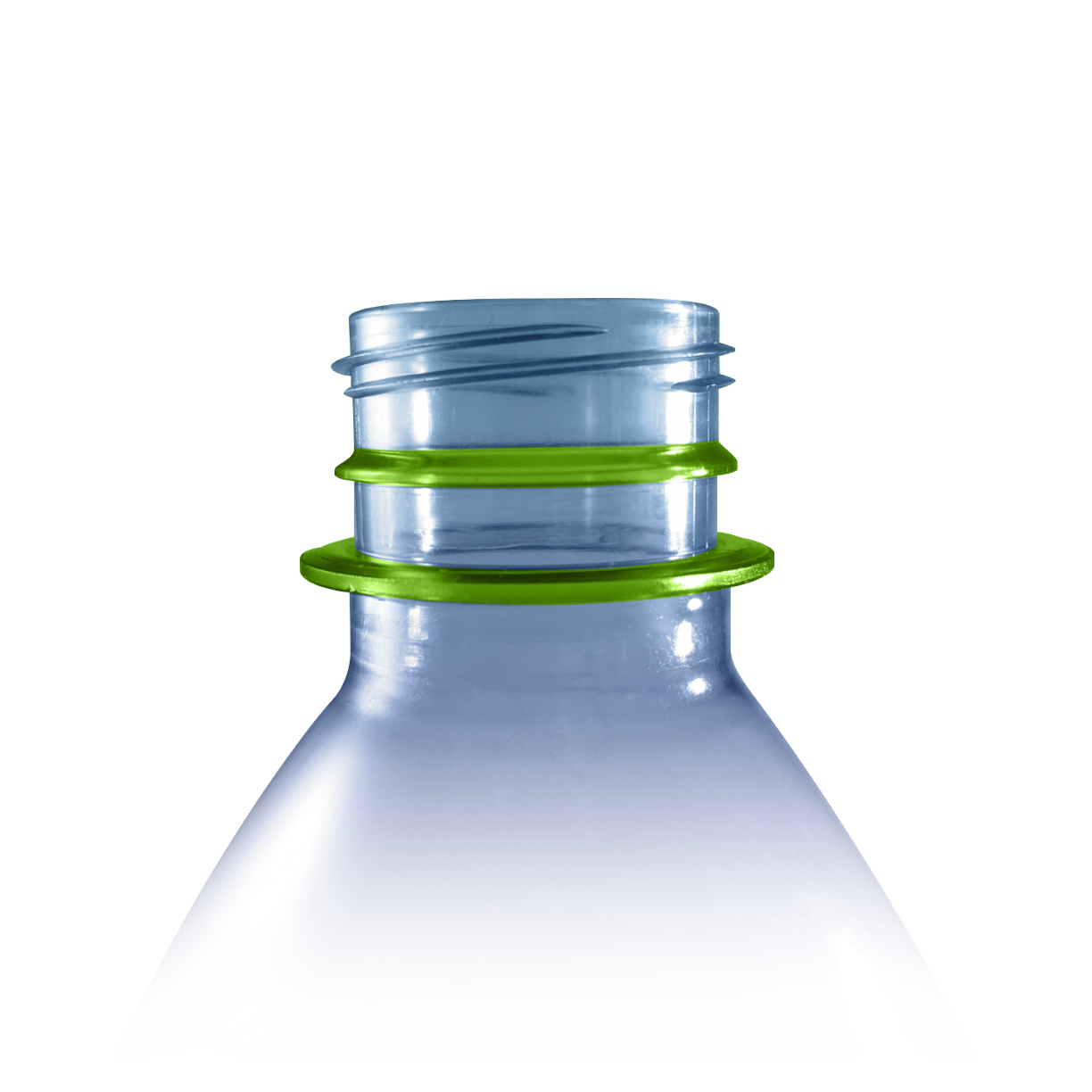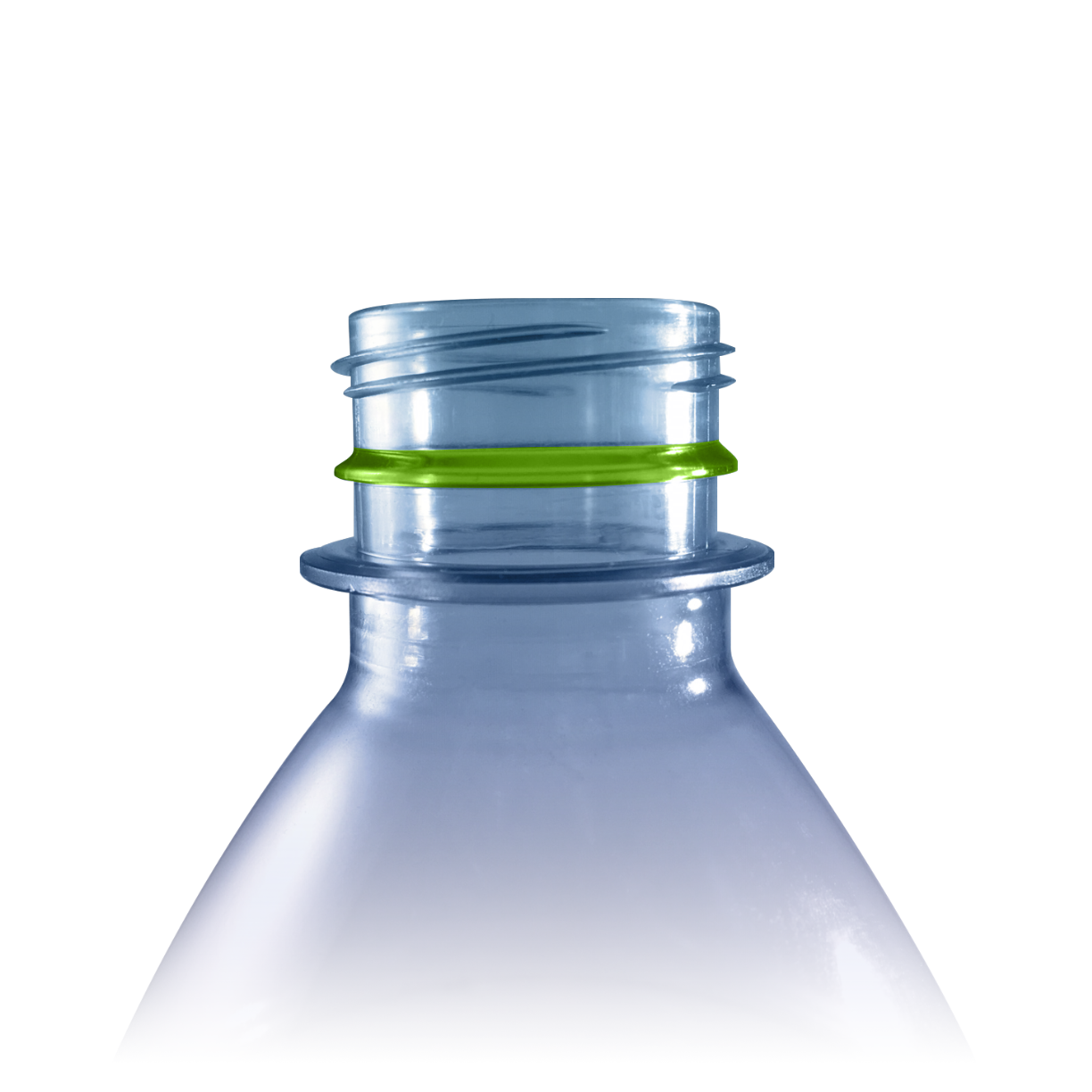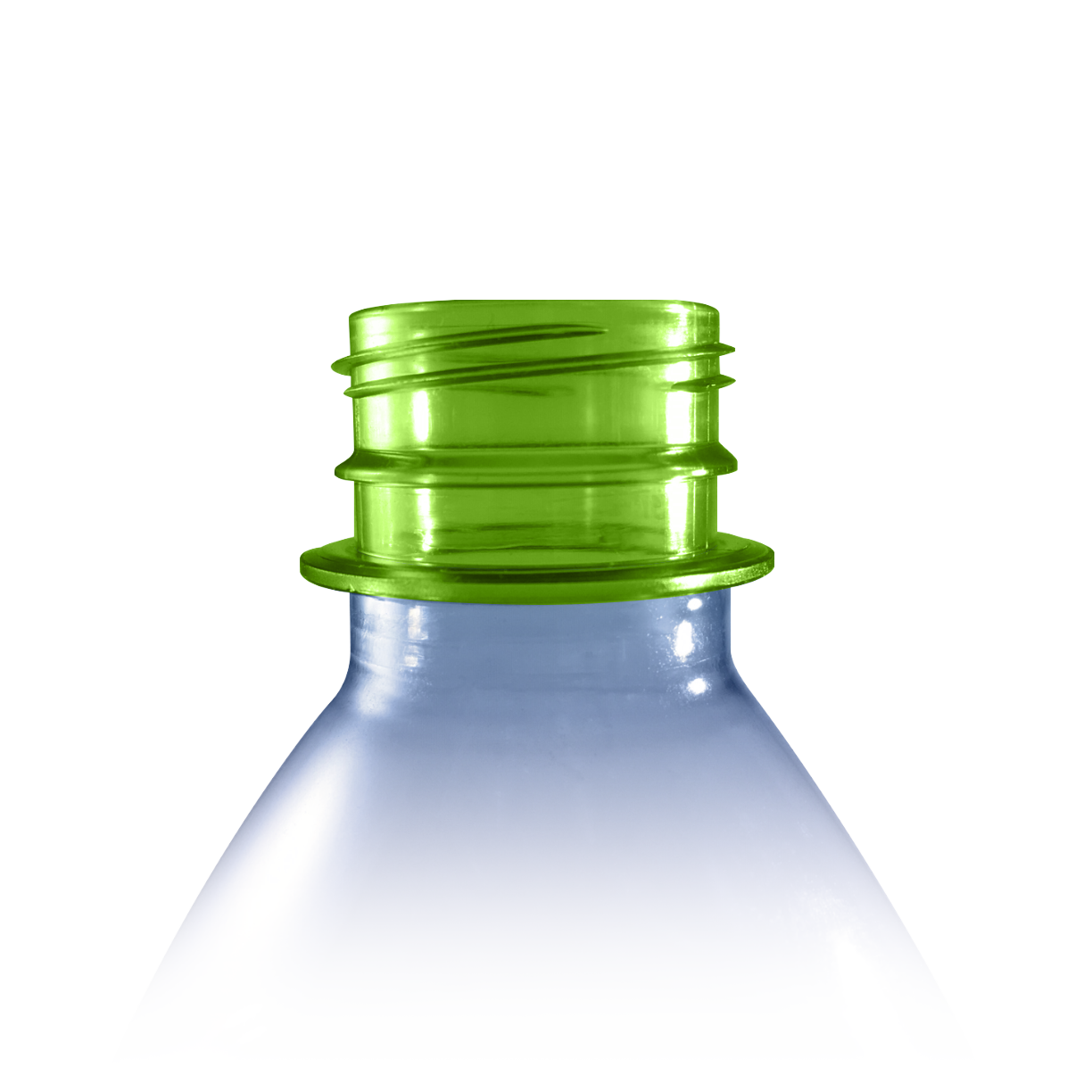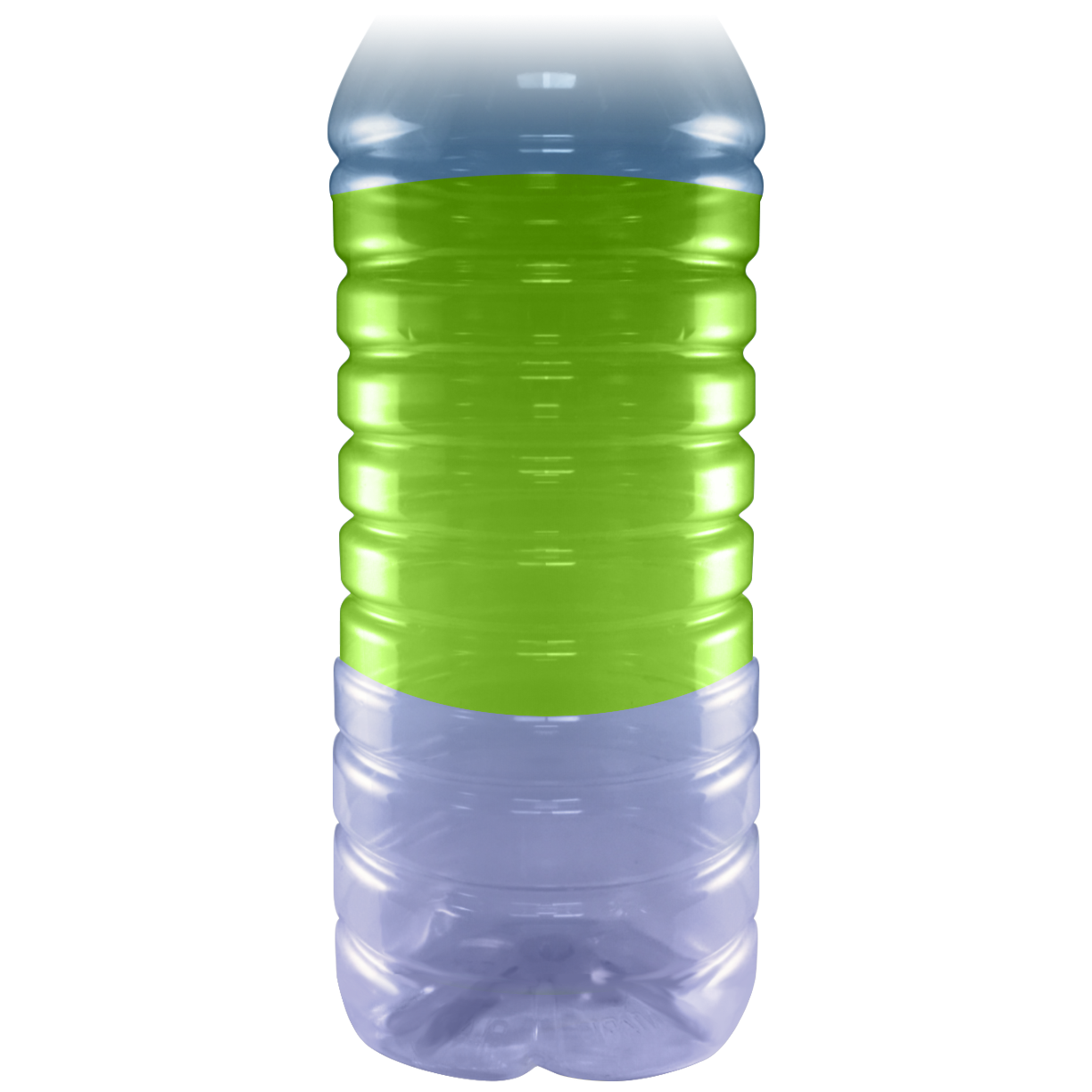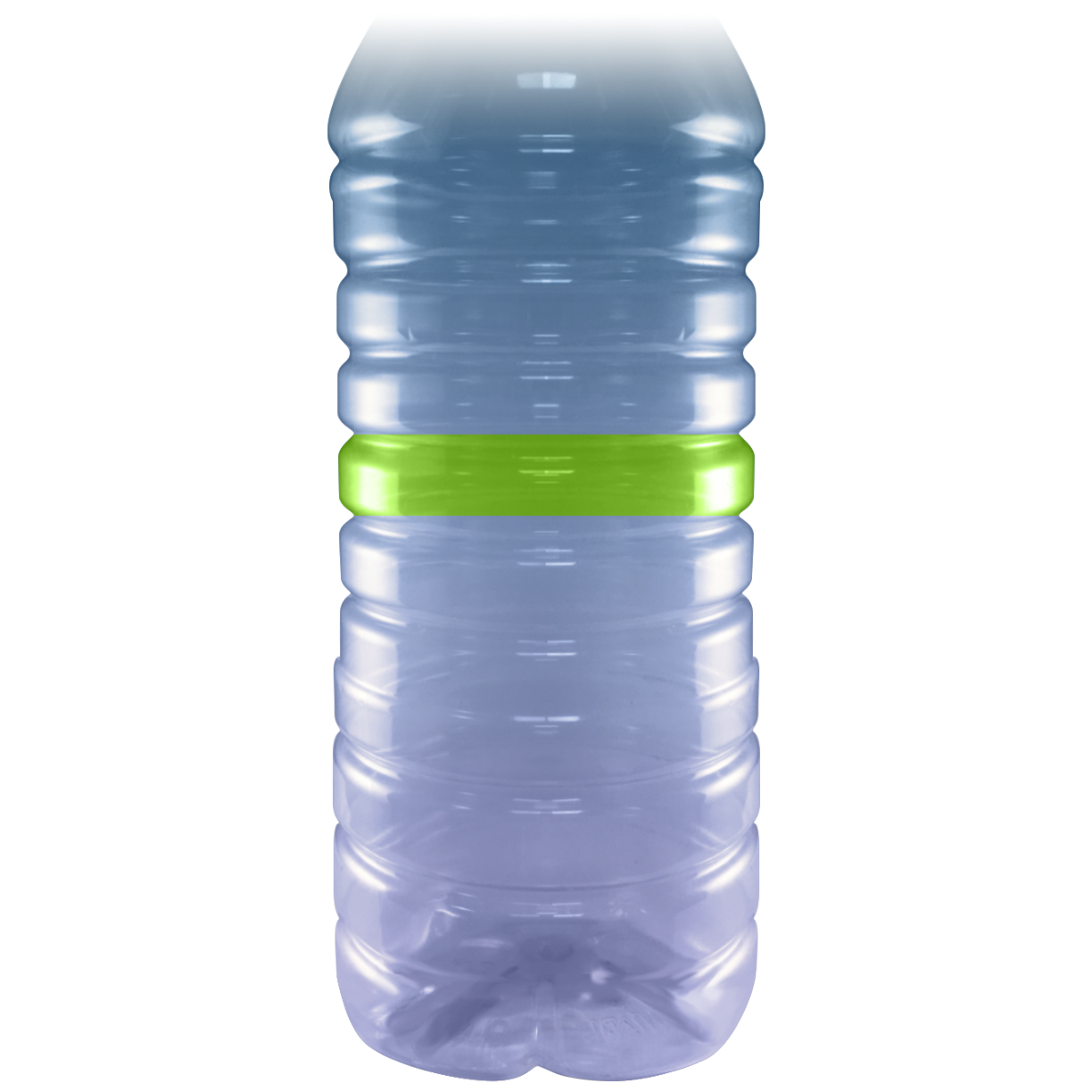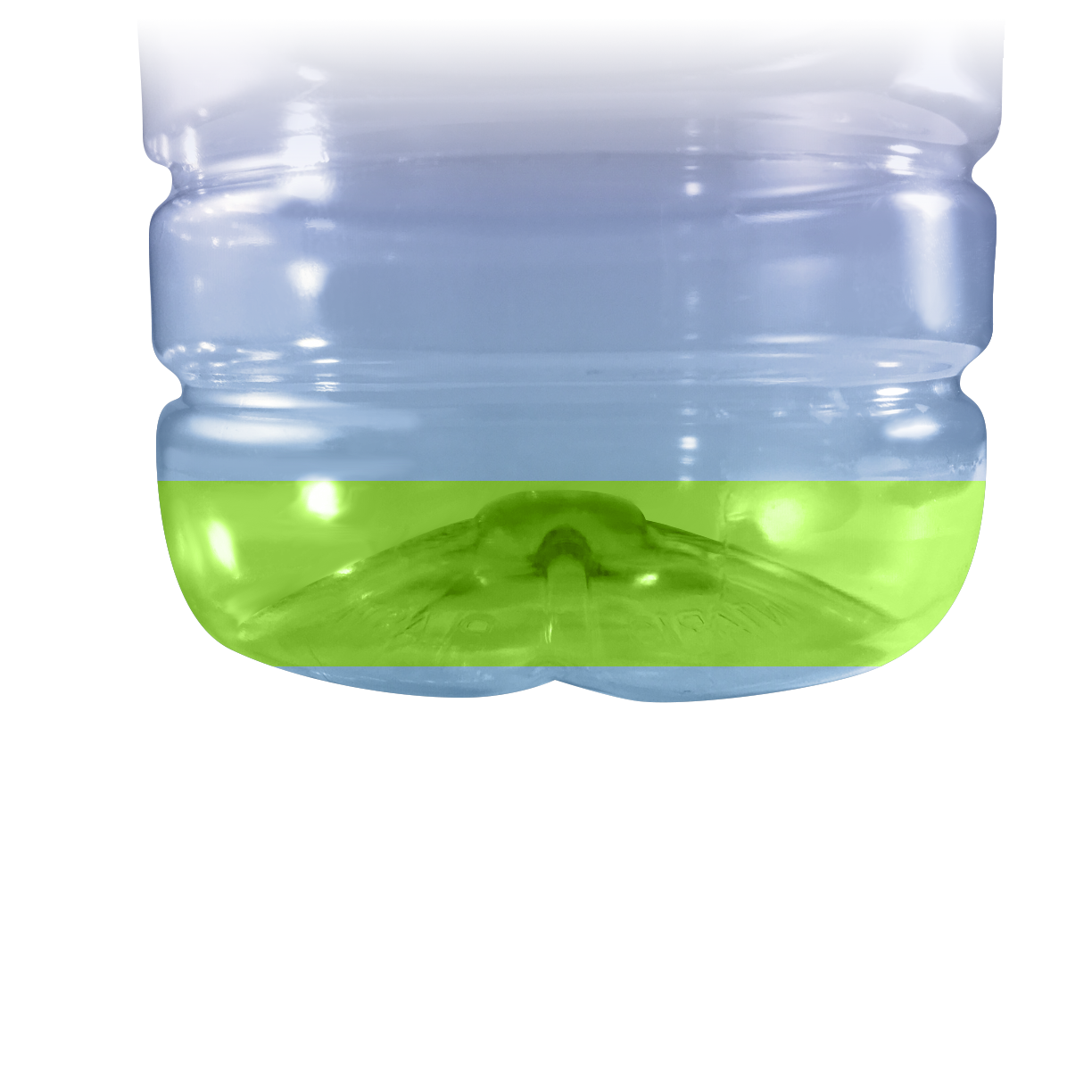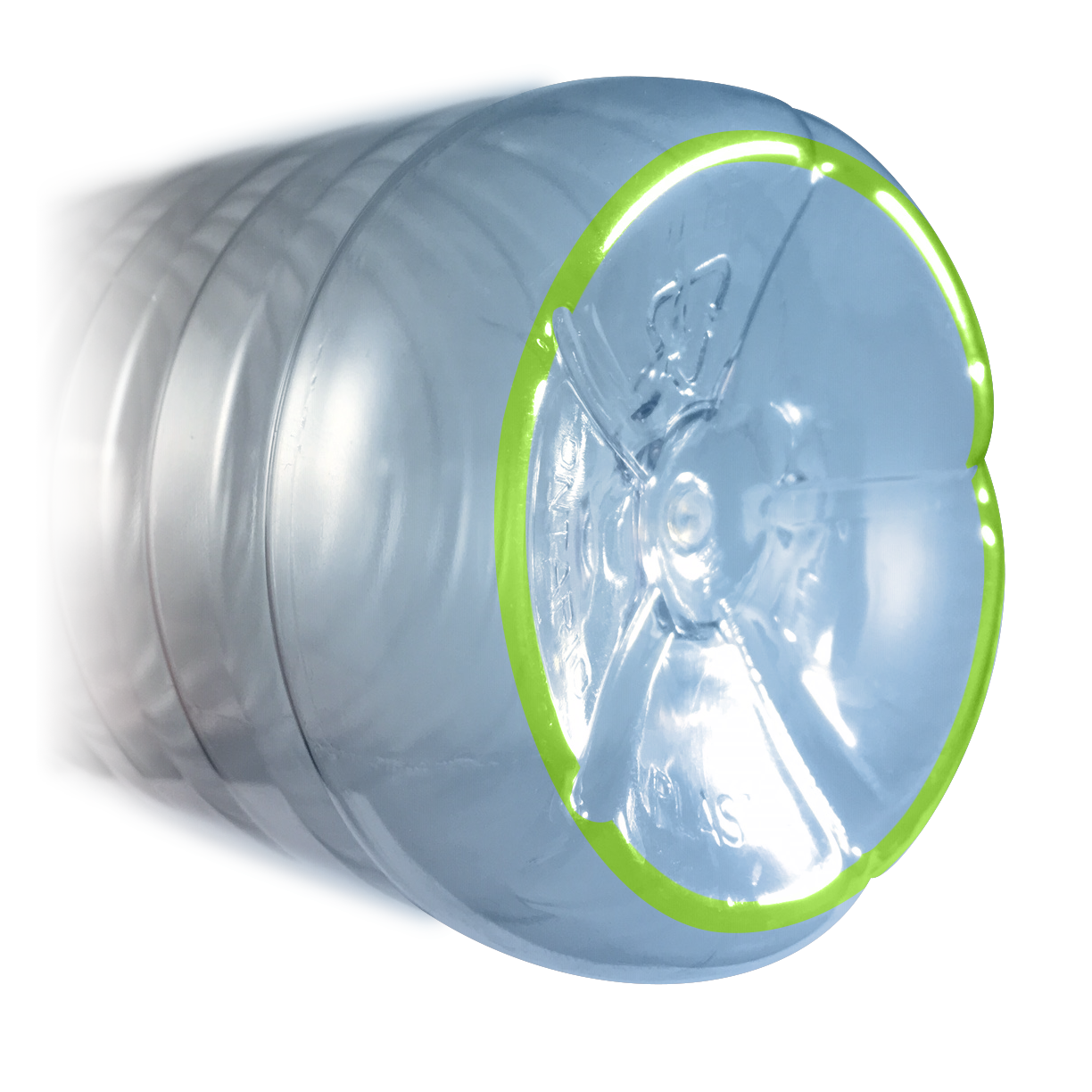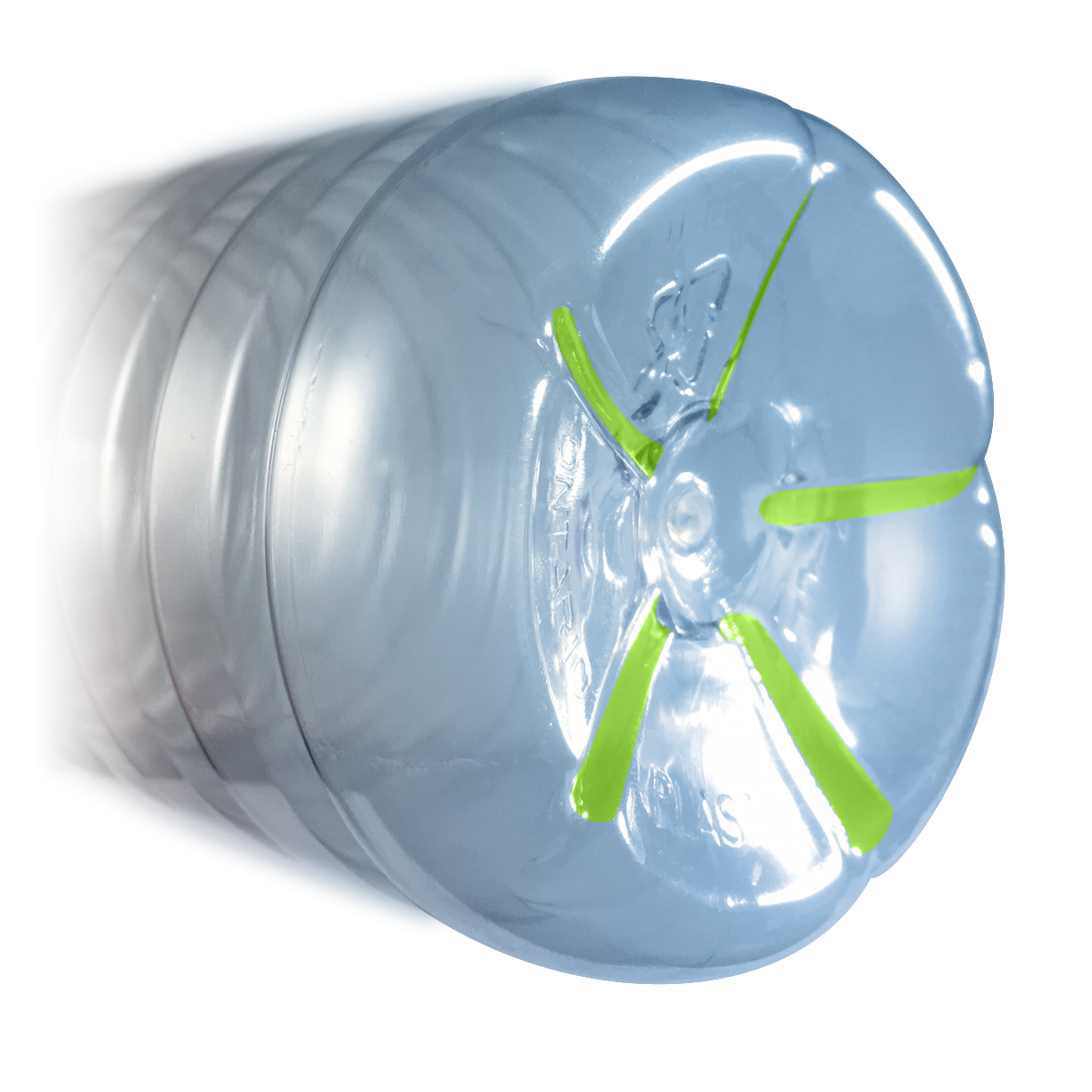Bottle Parts
When it comes to the anatomy of a bottle, different persons may use different terms to refer to the same part of the bottle. At the same time, different persons use the same term to identify different parts of the bottle. Since standards in the industry are voluntary, none of them are technically wrong has all terms are commonly accepted. To make matters worse depending on specifications, some parts may look very different, be missing or be located somewhere completely different from bottle to bottle. This can get very confusing. To help, we have listed below the expressions most commonly used to refer to bottle parts.


